|
I've been wanting to fine-tune the image of the Double Helix Oscillator, that I used in the Patch Chart I created and, today, I finally got around to doing just that. This one is cleaner, more professional looking and contains less clutter… making it easier for everyone to indicate Knob and Switch settings as well as the Patch Cord connections routings.
So the updated Chart for this Pittsburgh Modular module is now in our "Downloads" area and is free to download.
0 Comments
Last week, Sylvia and I returned the Pittsburgh Modular "MIDI 3" Module. After 2-weeks of working with it, we found that it just wasn't offering the features we needed.
A few days ago, we ordered the "qMI 2" by Vermona. Here's a screenshot of it. Sylvia and I have only had the "Double Helix Oscillator" for a day and a half and we're really enjoying it. The build quality in their "Stucture 270" Case is first-rate. The "care of design" that's behind the Double Helix has infused this Module with more functionality than may appear at first glance. Each time we "just want to try a simple Patch", "hours" just fly by. For us, that's the sign of a versatile piece of gear. On June 21st, I sent an eMail to Pittsburgh Modular, asking if there was a Manual for their "Double Helix Oscillator". This is their reply:
Although they don't "technically" offer a "Manual", they do provide some very helpful information on the Double Helix product page. Here's the link: pittsburghmodular.com/lifeforms-double-helix-oscillator Because Sylvia and I needed a "paper" version of that information, I pulled-out the content from that web page and reformatted it into standard pages… and I allowed for those pages to be on 3-holed paper. (So they could be placed in a 3-ring Binder.
Over these last several months, after buying 3 small Synthesizers, Sylvia pointed out that I wouldn't be satisfied until we got a "Modular".
So, after doing a lot of research, we decided to jump in. About a month ago, we bought the 1st piece — the "case". It's a "Structure 270", made by Pittsburgh Modular. Here's the link to its product page: pittsburghmodular.com/structure-270 Last Saturday, Sylvia and I drove to our local Guitar Center store and bought our 1st Module — the "Double Helix Oscillator", also made by Pittsburgh Modular. Here's the link to it's product page: pittsburghmodular.com/lifeforms-double-helix-oscillator When we brought it home, I was just going to try out a few simple things and… almost 4-hours went by… Whoosh! Now THAT'S a sign of an interesting piece of music gear.
Knowing that the "Double Helix" doesn't have any way of Storing Patches (saving its settings), I spent almost 3-hours today creating a Patch Chart for it. I've uploaded it to this Blog and you should be able to download it from the link below. So if you own a "Double Helix", this Chart may be of some help in keeping track of the sounds you create.
A couple months ago, the company Sylvia and I work for was throwing out some old Retail Display Cases. Some of them had Plexiglass (Acrylic) sides.
They were also throwing out some other Display Cases, which had thinner sheets of Plexiglass. Some of those pieces were "corners" (right-angles). So we took home a few sheets and some smaller pieces. We didn't know what we were going to use these materials for but we've always liked the clear, revealing state of Plexiglass. After we got everything home, Sylvia mentioned that I've never like our current Synthesizer setup. Although it's a simple, "3-boards held up by some bricks" arrangement, we keep everything covered with a bedsheet, in order to keep the dust off of our music gear. So Sylvia suggested we build a clear, Synthesizer shelving unit. It took about 5-weeks, a LOT of work and a handful of trips to our local Hardware Store, to buy some tools that we needed.
That was 1 of the 1st things we learned… Cutting Plexiglass too fast will melt it. We also learned that if you cut it while too much vibration is being created, by "hand tools" or "power tools", it will crack. After spending about $230 for the following tools, our "free" Plexiglass turned out to be not so "free"… and that's not counting our Time and labor:
While designing and building everything, I did remember the Saying:
In my case, though, this didn't help a lot. My Dad still laughs at me (in a good way) for not being able to cut a straight line or hammer a nail properly. So after everything was cut, drilled, filed (for large sharp edges), sanded (for smaller rough edges), we disassembled the old shelves from the top of my desk and disconnected the 60 or more cables.
So, after the new shelving unit was assembled and ALL the cables reconnected… the shelving unit is about a quarter-inch off. The top of the back-right corner of the back panel is about a quarter-inch higher than the side it's connected to. (I just checked and the back of the side-piece is not touching the desk.) We didn't discover this until everything was finished. Since it took over 6-hours to assemble everything, we're not about to take it all apart, just to fix a quarter-inch slant. (If you look carefully, you can see the curve in the center shelf, just under the black & green Synth that's sitting on a purple board.)
The top shelf has a large empty area on its left side. This is where our new Modular Synthesizer will be placed. (Sylvia and I went to our local Guitar Center last week and ordered the "case" for the Modules but it's on back-order.) The case we bought is the "Structure 270", made by "Pittsburgh Modular". Here's the link: http://www.guitarcenter.com/Pittsburgh-Modular-Synthesizers/STRUCTURE-EP-270-ENCLOSURE.gc These are the pieces of music gear we currently have in this new shelving unit:
Anyway, for those of you interested in this, here are some photos of what Sylvia and I created and how we're using it: For March, Sylvia and I have selected a very powerful Modular Synthesizer, for this month's "Review" and "Drawing", on our crowd-funding page.
For details on this very capable, musical tool, visit its product page: pittsburghmodular.com/news/2017/1/11/introducing-the-lifeforms-foundation-4-and-lifeforms-foundation-evo For more information on this crowd-funding project, please visit our Patreon page: www.patreon.com/infinity_band To hear our album, "Perfectionately Yours" for free, visit our BandCamp page: infinity4.bandcamp.com/releases |
Note:
If you'd like to "Follow", "Like" or "Comment" on our Blogs, please visit our mirrored Blogsite: Archives
November 2018
Categories
All
|
||||||||||||
Infinity
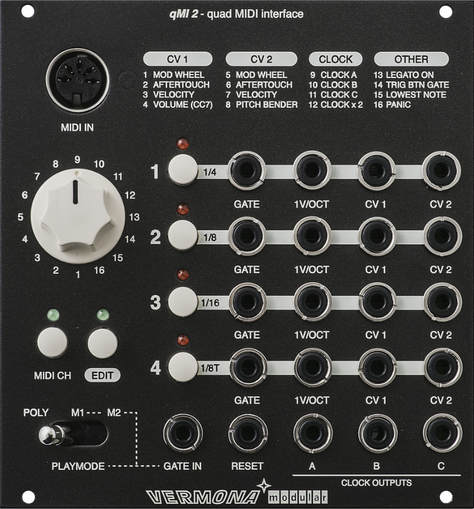
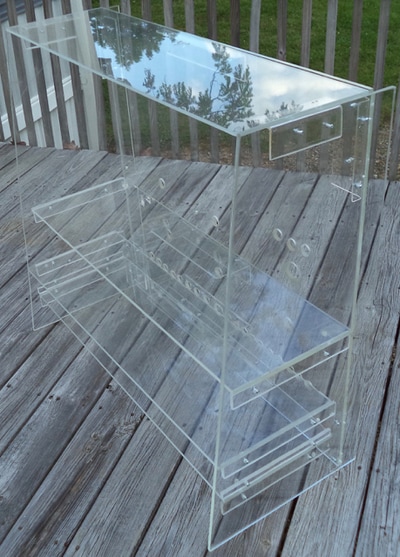
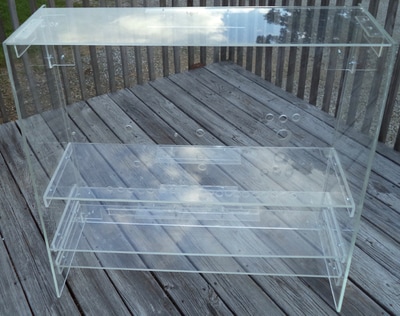
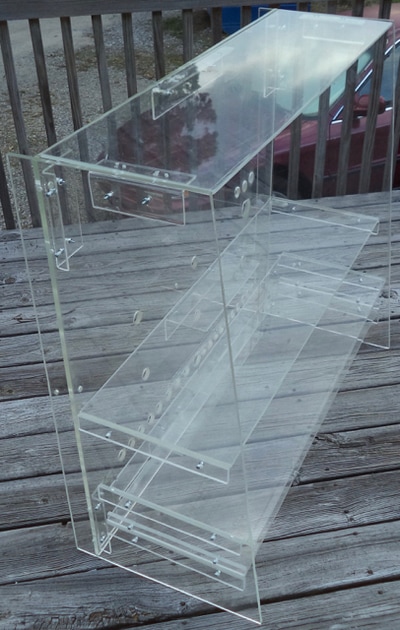
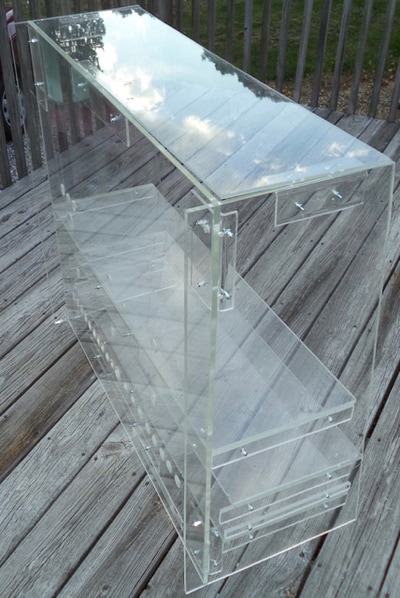
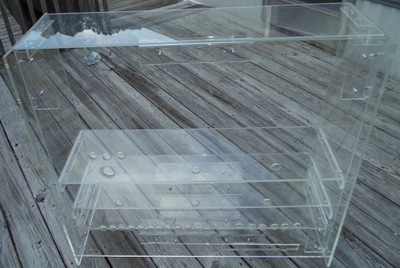

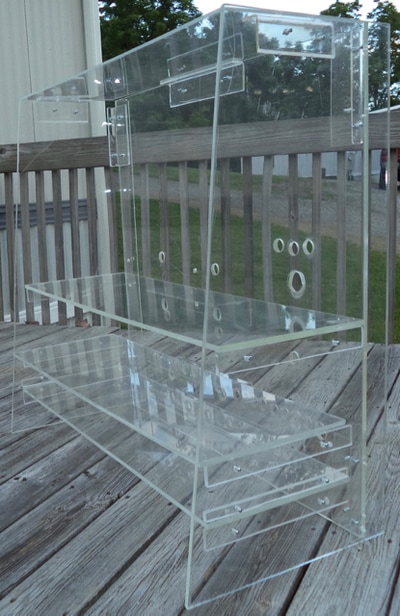
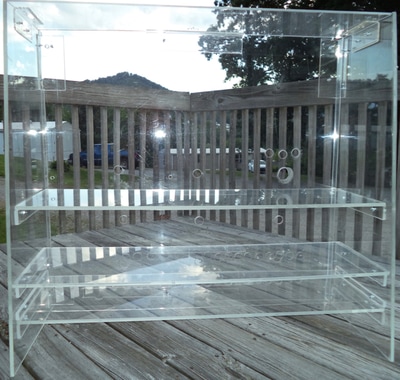
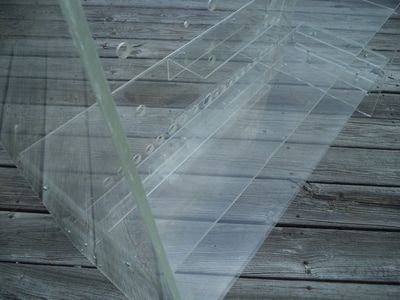
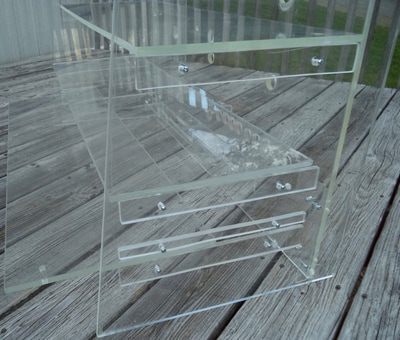
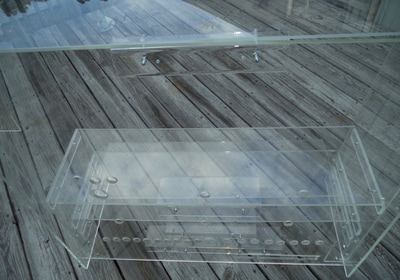
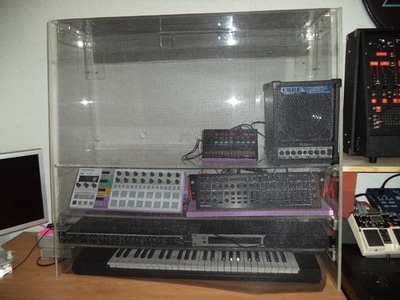
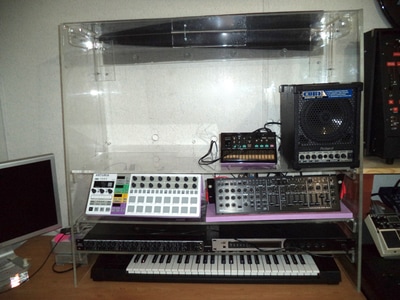
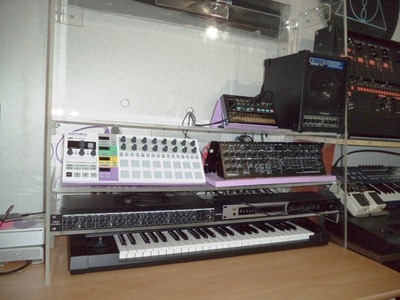

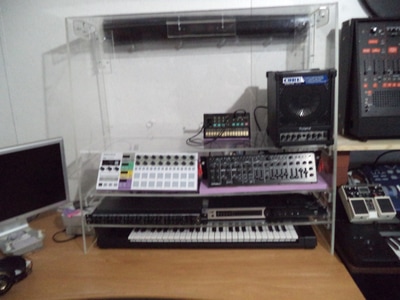
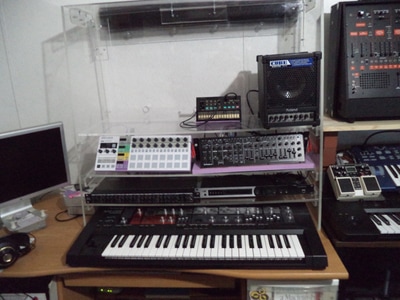
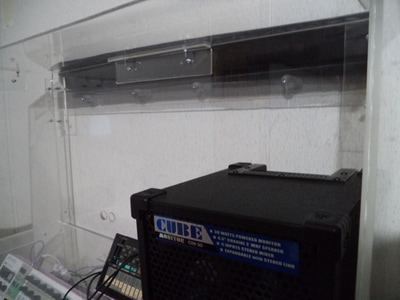
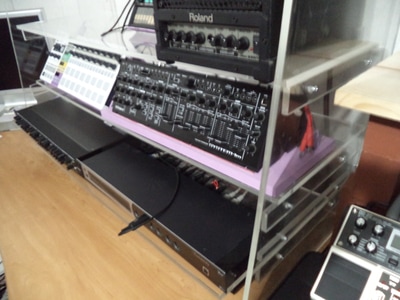
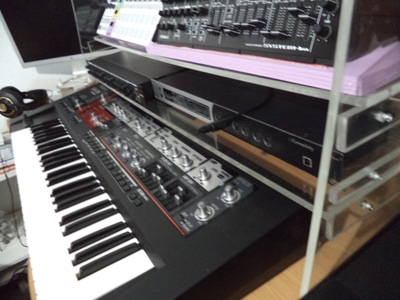
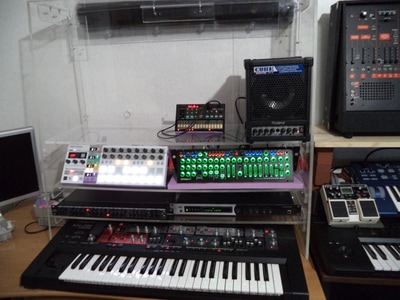
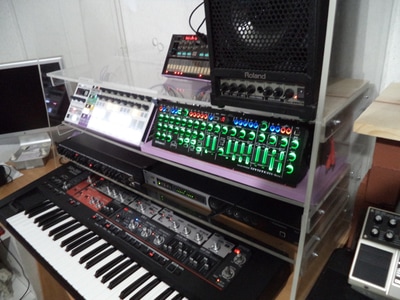
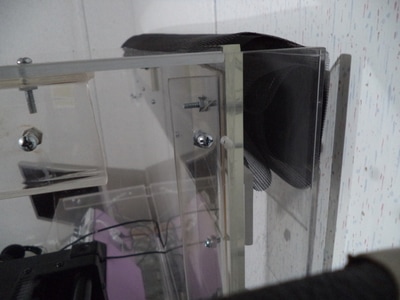
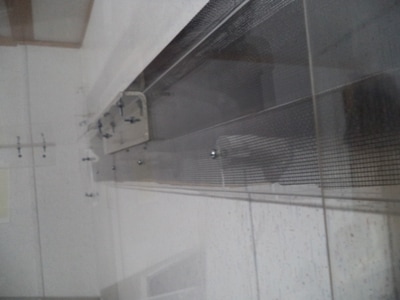
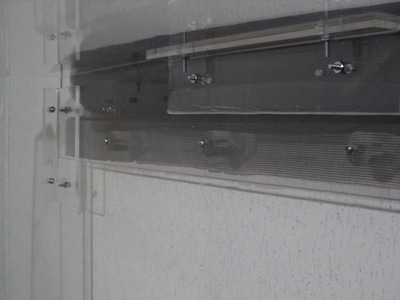
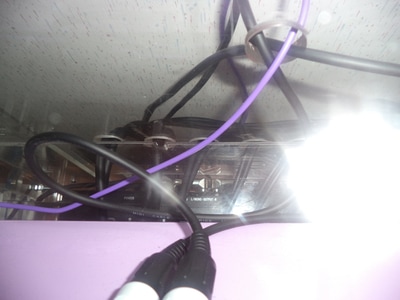
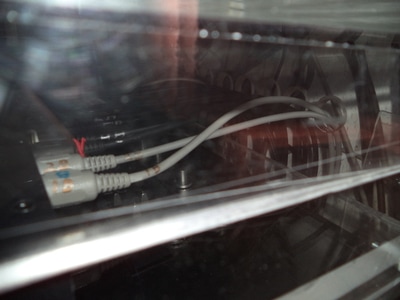
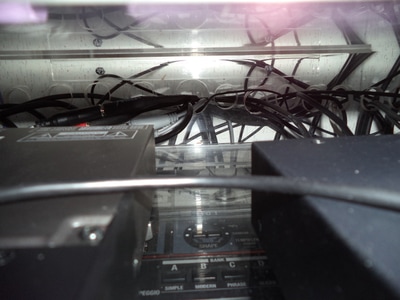
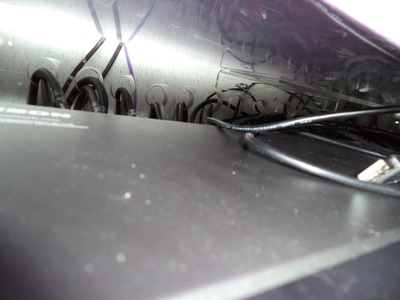
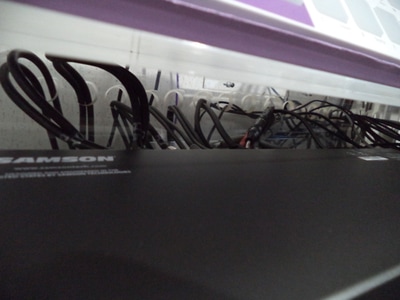
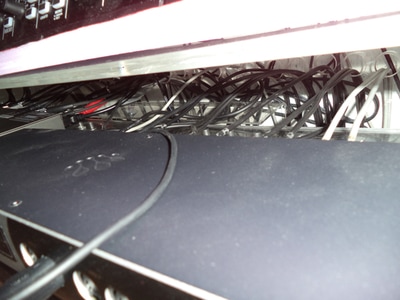
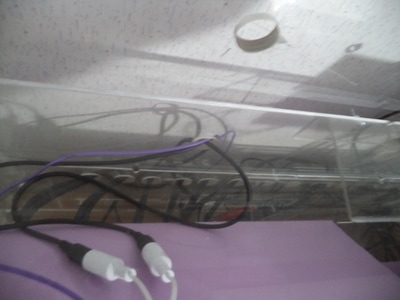
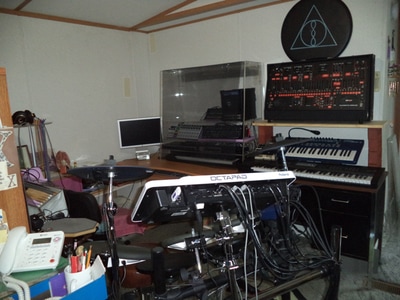
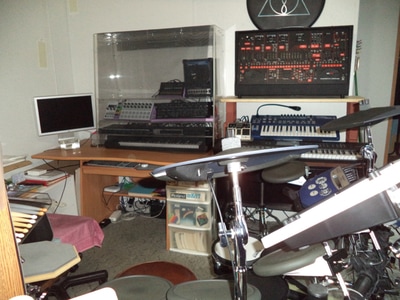
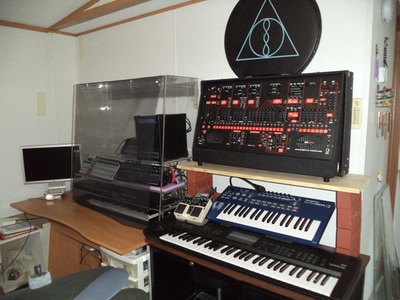
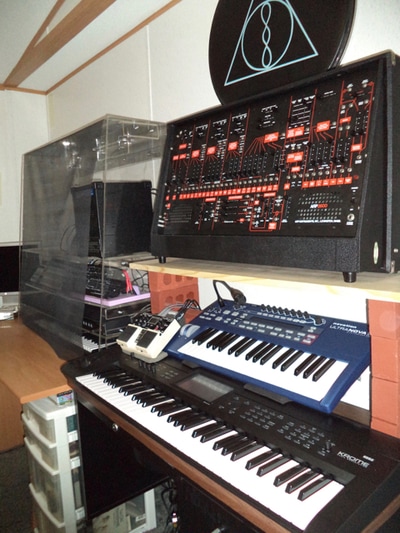
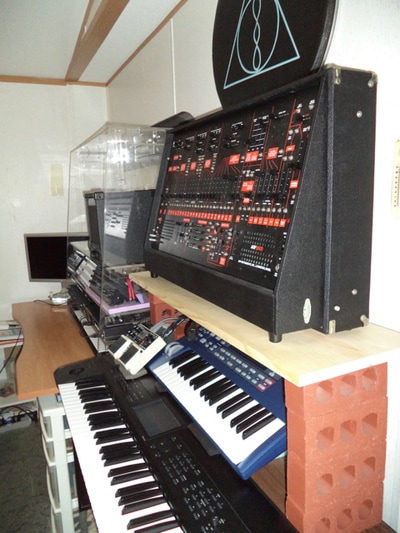
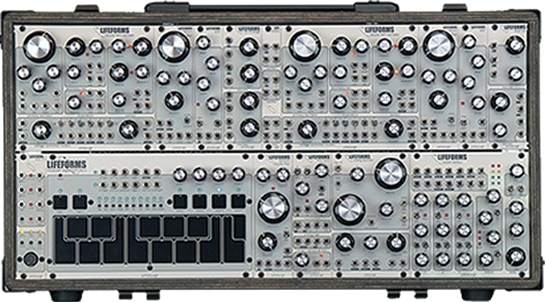
 RSS Feed
RSS Feed
